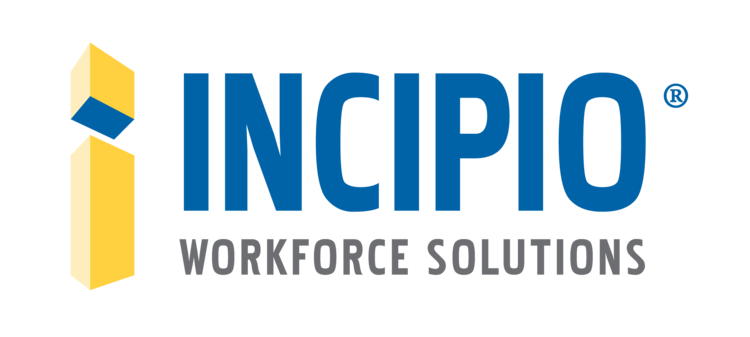Bulking Up Your Business, Focusing on Your Team

Professional development is all about developing a team. Whether it’s professional or personal, development helps employees grow to better the organization while at the same time helping to better themselves.
The most successful companies, and the most confident leaders, recognize the value of training, coaching and development. When a conversation with an employee takes place in the appropriate tone and manner, professional development is seen by the employee as a perk – not a punishment. Communication is crucial to ensure the message is shared in the correct way so the employee realizes coaching could provide an upward career trajectory. It’s sharing with associates the company is willing to invest time and money in their growth.
You may want to begin the program with your top performers – your “up and comers.” People you see who take initiative but often are silent performers not seeking recognition. Perhaps you have an employee who is ready to be promoted but has never managed people. Now is the time to be proactive to guarantee success. When developing people or changing behavior there is always a learning curve. But if you’re following the plan and budget you have created, you’ll be prepared.
WHAT ARE THE OPTIONS
A development program could take the form of on-the-job training. It might provide educational opportunities outside the organization. It could include mentoring or job shadowing where a more seasoned employee takes part of the day to pass on knowledge and experience. You don’t need to do it all the time. Perhaps the plan says an employee spends a half day every two weeks shadowing someone across every functional area so they come to understand how each department works. This way employees learn and absorb new skills but are still productive in their current roles. It’s up to leaders to choose what is most effective for workers by asking what they want to learn and then determining and what works best for the organization in terms of time and budget.
Professional development should also include strategic recruitment. As you identify high performers and people you want to grow and engage you may discover gaping holes in your succession plan. Examining your bench strength and identifying early on where you have holes should help you decide if you can coach to promote internally, or if you need to hire from the outside. If you uncover a department that is stagnant or not growing despite development efforts, it might be time to bring someone in from the outside with fresh ideas and new motivational strategies.
